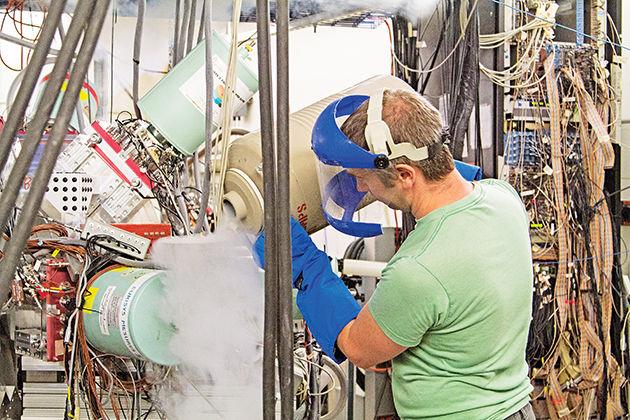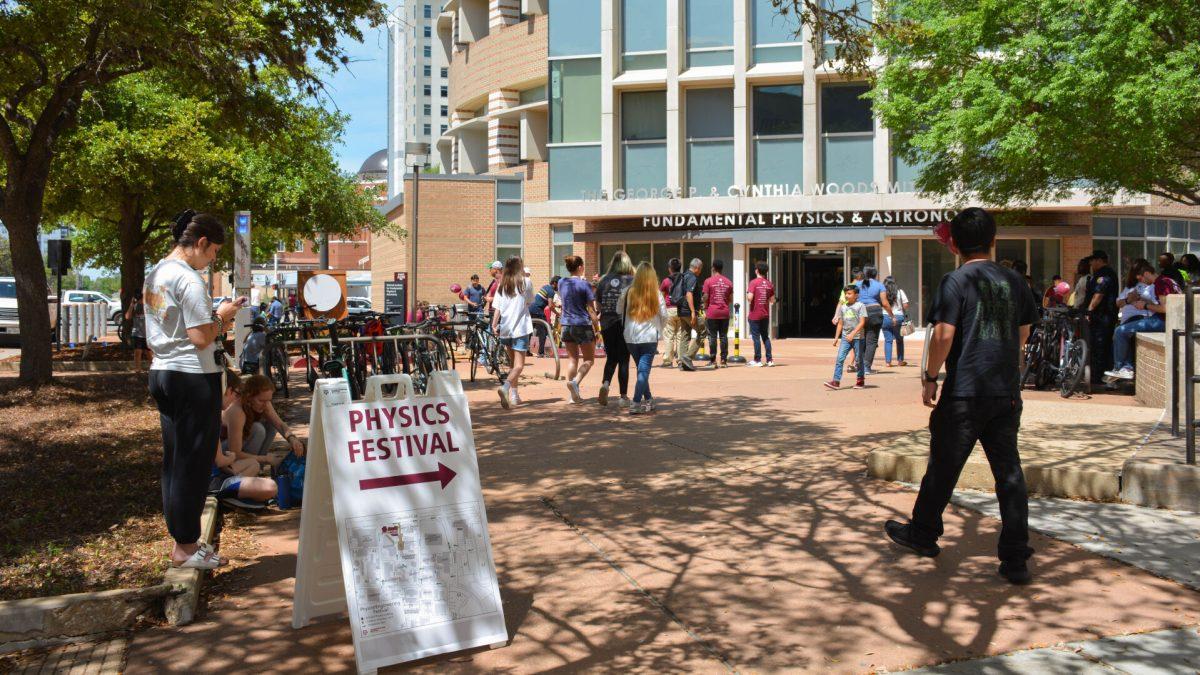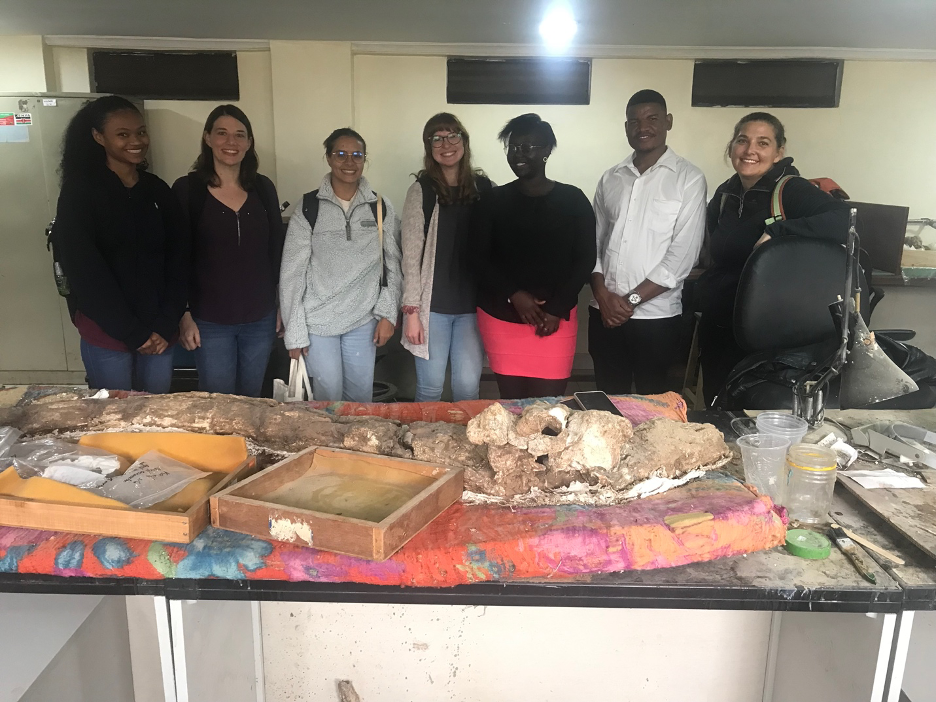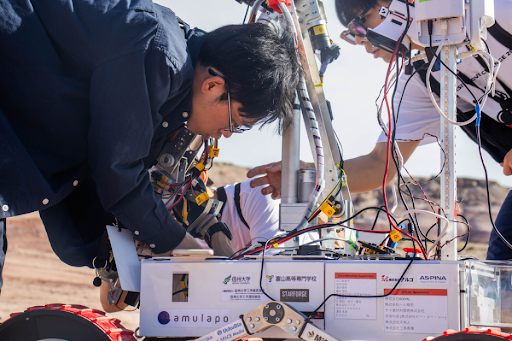T exas A&M’s on-campus particle accelerator is due for some upgrades.
The Cyclotron Institute conducts cutting-edge research for a variety of industries, including NASA and the health care community. The intended upgrades to the institute’s particle accelerator will expand its capability and reach. Upgrades are expected to finish sometime in 2016.
The cyclotron upgrade project has three major phases, said Gabriel Tabacaru, physicist at the Cyclotron Institute.
“The project is divided into three major parts — the main one was to make this old cyclotron working again,” Tabacaru said. “The second part was to build two devices that will produce radioactive ion beams. The third part was to get these radioactive ions and put them into the superconducting cyclotron and reaccelerate them and let people use them in experiments.”
The first upgrade mentioned was the renovation of the K150 cyclotron. This cyclotron was actually used almost half a century ago, but had since been retired.
“The first beams ran through it in 1967 and it operated until the early 80s when we built the new machine [K500],” said Sherry Yennello, Cycl- tron Institute director. “Then it just sat here until pretty recently when we de- cided to do this upgrade.”
The upgrade’s second part expands the production of medical isotopes, which are used to detect diseases. The ions will be produced through two de- vices: the Light Ion Guide, LIG, and the Heavy Ion Guide, HIG.
“We are exploring what we can possibly do with making medical iso- topes,” Yennello said. “There’s a lot of nuclear medicine, both diagnostic and therapeutic, that depends upon radioac- tive isotopes. We don’t know yet how much we can make of each isotope, but that is an up and coming program.”
In the near future, the isotopes will be sent to TIPS, the Texas A&M In- stitute for Preclinical Studies, but if the production of these isotopes can be done efficiently enough, A&M may supply nearby hospitals such as MD Anderson.
There are over 3,000 radioactive isotopes and the majority of these are unstable. The machines will allow sci- entists to produce some exotic particles to study their properties.
The final part of the upgrade in- volves the re-accelerating of the radio- active ions.
“The product of the LIG or the HIG has just plus-one charge,” Tabacaru said. “We need a higher charge state to re-accelerate the particle.”
This is done through a machine called the Charge Breeder Electron Cyclotron Resonance Source, or CB- ECR.
One interesting application of this will be the building of micro-filters.
“Companies from some other coun- tries want to come here and irradiate films,” Tabacaru said. “You can pro- duce very thin filters that will let only certain molecules go in.”
These membranes may are produced by the bombardment of the film with heavy ion beams. This produces so called “micro-channels” that will only allow molecules of a certain size to pass through.
The upgrades are an ongoing, but the institute aims for the hardware to be functional within the next year.










